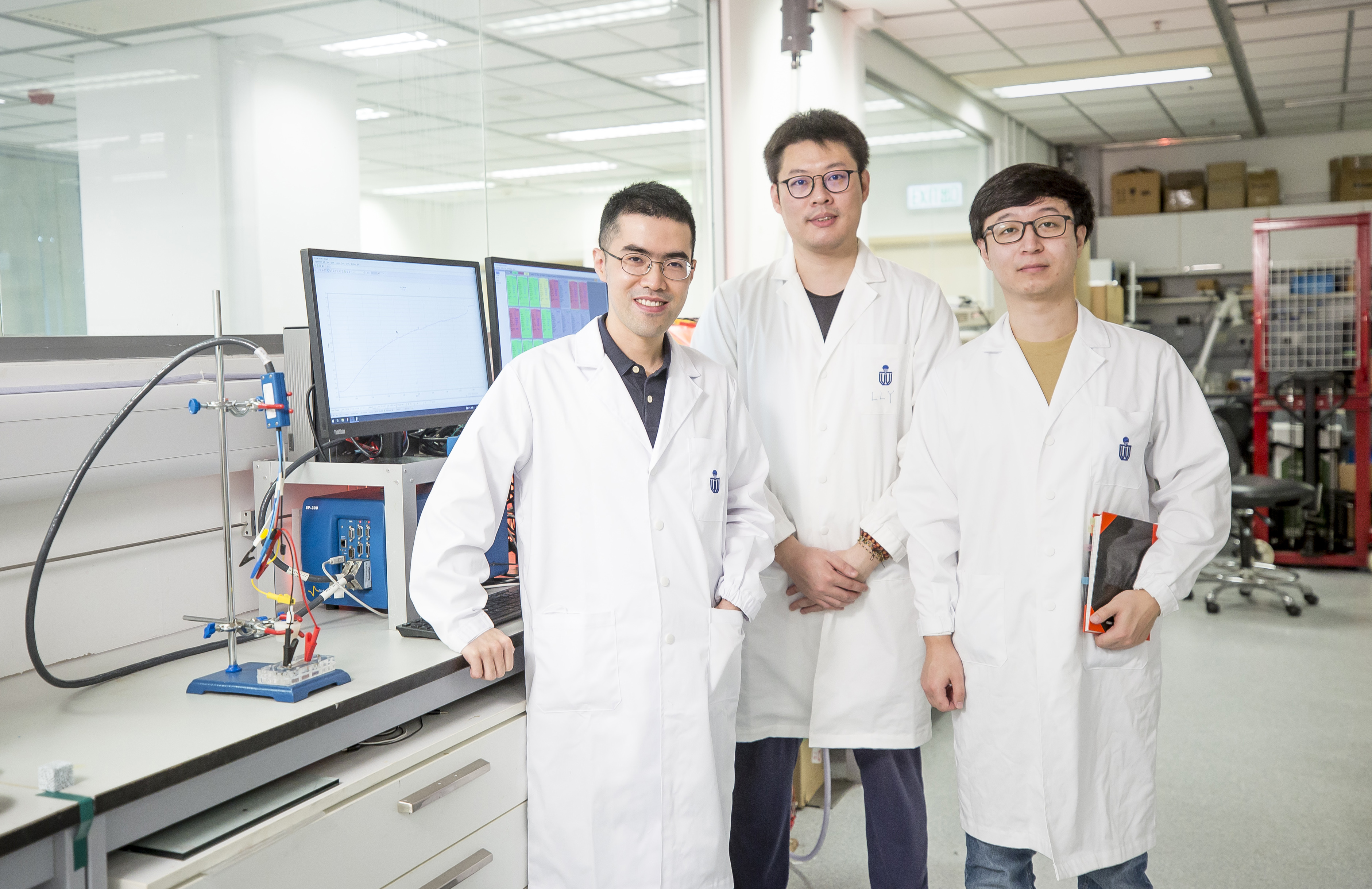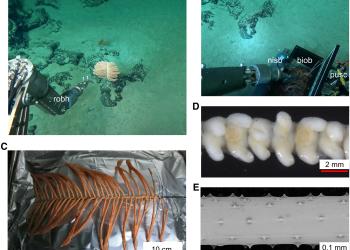HKUST Researchers Develop Nanoporous Zinc Electrodes that Make Primary Alkaline Zinc Batteries Rechargeable
A research team at The Hong Kong University of Science and Technology (HKUST) has developed a new electrode design that is set to enable the rechargeability of alkaline zinc batteries, one of the most common types of non-rechargeable batteries used in our daily lives, shedding light on a wider application of rechargeable batteries.
Batteries are ever important in the age of smart cities and global digitalization. Yet, a majority of batteries in the market are not rechargeable, or called primary batteries. They are disposed after a single use, an unsustainable practice that poses a serious threat to the environment.
Compared with other types of primary batteries, alkaline zinc batteries are cheap, safe, and energy-dense. They are used in many household items such as flashlights and remote controllers. Given the advantages, there is never a lack of effort from researchers worldwide trying to make alkaline zinc batteries rechargeable.
Yet, such effort has been falling short because the battery reaction of zinc is hardly reversible. When the battery is discharged, zinc particles in the zinc electrode are covered with a thick and non-uniform layer of insulating zinc oxide, losing the metal surface and electric conductivity, both necessary for the electrode to be recharged.
To tackle the issue, a research team led by Prof. CHEN Qing from the Department of Mechanical & Aerospace Engineering and Department of Chemistry at HKUST developed a nanoporous zinc metal electrode that is capable of stabilizing the electrochemical transition between zinc and zinc oxide, successfully turning an alkaline zinc-air coin cell, a type of primary battery usually found in hearing aids, into a rechargeable battery stable for over 80 hours. The team shaped zinc into curvy filaments hundreds of nanometers wide, nested in a freestanding solid with numerous, similarly narrow pores. When the battery is discharged, a thin layer of zinc oxide nucleates on the zinc filaments, preserving the metallic network and enabling the zinc electrode to return to its initial structure.
The team also tested out the nanoporous zinc electrode in alkaline nickel-zinc batteries, a kind of uncommon secondary zinc battery which normally offer 50-80 times of discharging and charging under a condition competitive against the state-of-the-art lithium-ion batteries. The result demonstrated a multi-fold increase to over 200 times.
“The needs for batteries are diverse and difficult to be met by a single technology. Zinc batteries are finding their niche. We just need to make sure that the microstructure of the zinc electrodes can withstand hundreds, and hopefully thousands, of times of discharging and charging when getting the most energy out of the batteries,” said Prof. Chen. “Our work achieves so by understanding and then designing how atoms organize themselves at the liquid-solid interface that is manifested by the nanoporous structure, which has been applied to address a range of technological challenges,” he explained.
Prof. Chen added that while a few hundred times of discharging and charging may not seem many, alkaline zinc batteries have an edge in safety and low cost, which are ideal for industrial applications such as golf carts and forklifts. They also suit emerging applications, for example, the backup power of data centers, which do not demand many times of discharging and charging but require the battery to be extremely safe.
Prof. Chen’s group has been working with industrial partners since the beginning of the research in 2018 and will continue engaging them for the commercialization of the promising technologies.
The team’s research work was recently published in Nature Communications.
Led by Prof. Chen, the team included postdoctoral fellow Dr. LI Liangyu, former research assistant Anson TSANG Yung-Chak, PhD student XIAO Diwen, former postdoctoral fellow Dr. ZHU Guoyin, as well as Prof. ZHI Chunyi from the City University of Hong Kong.










